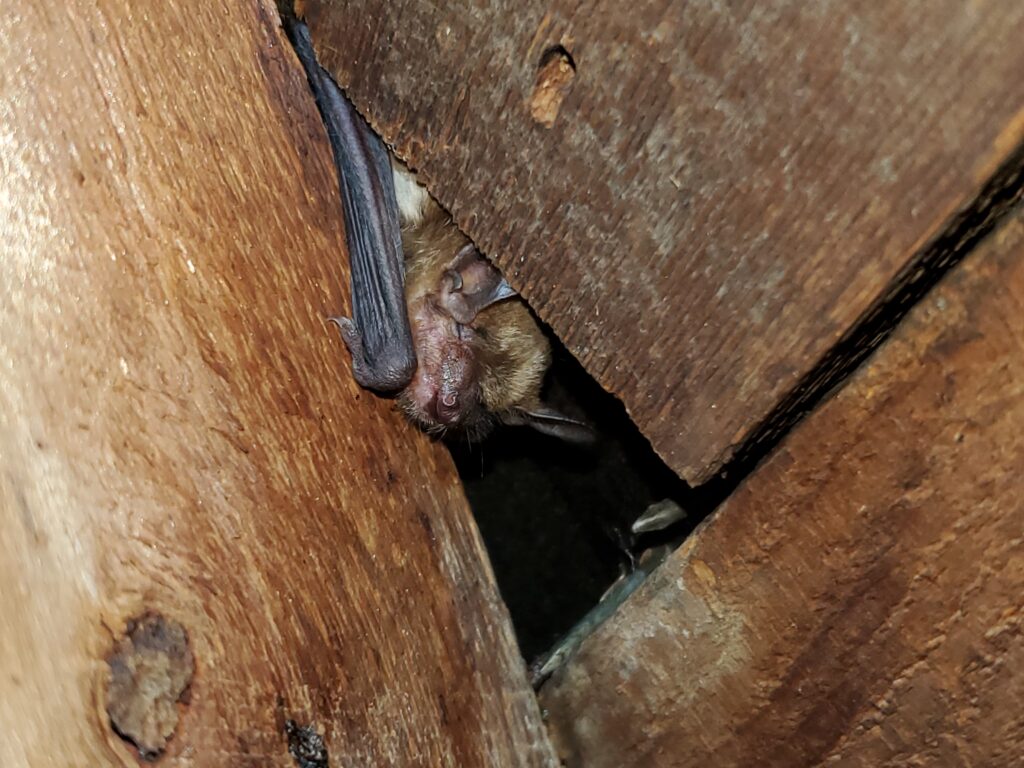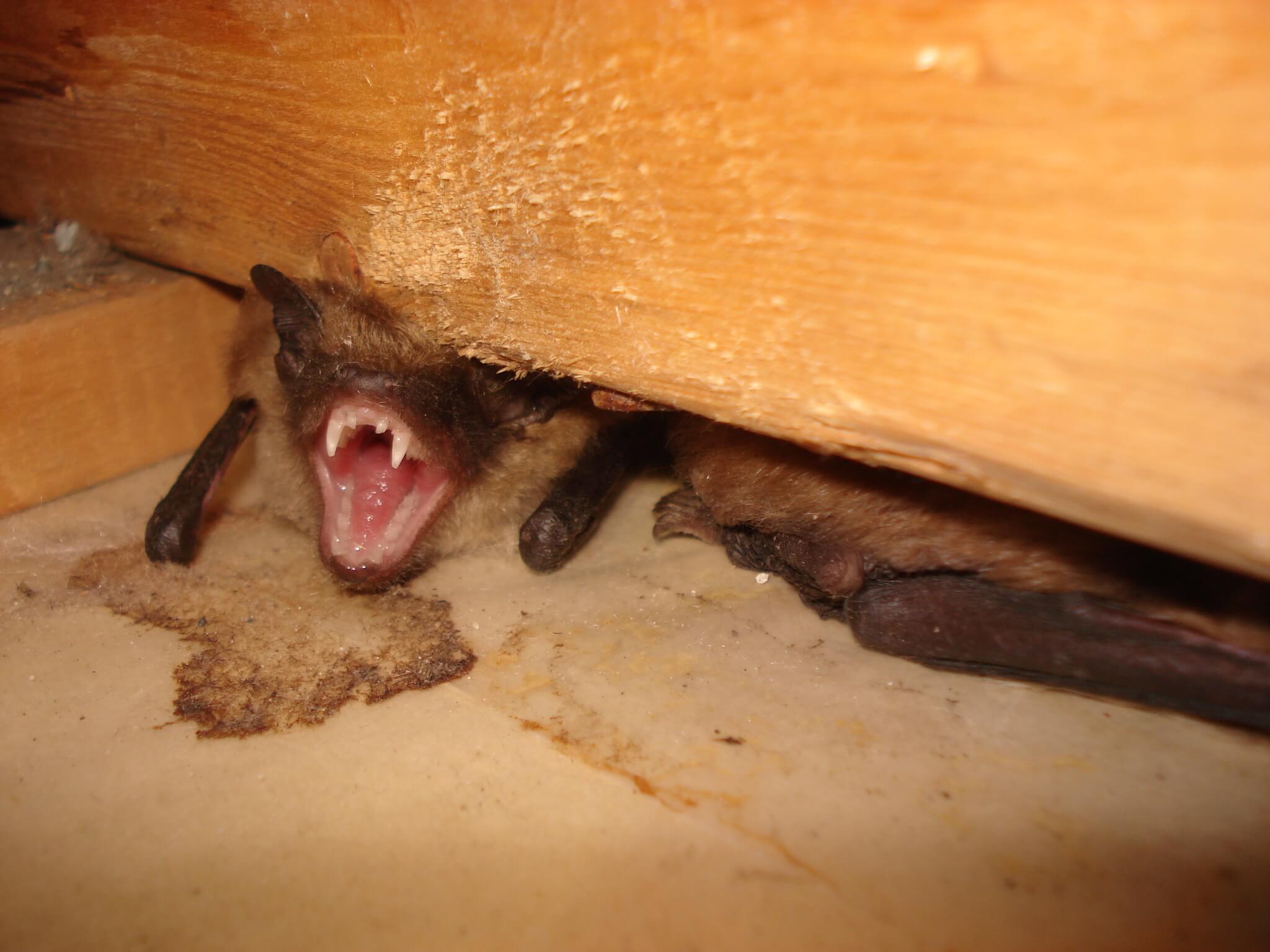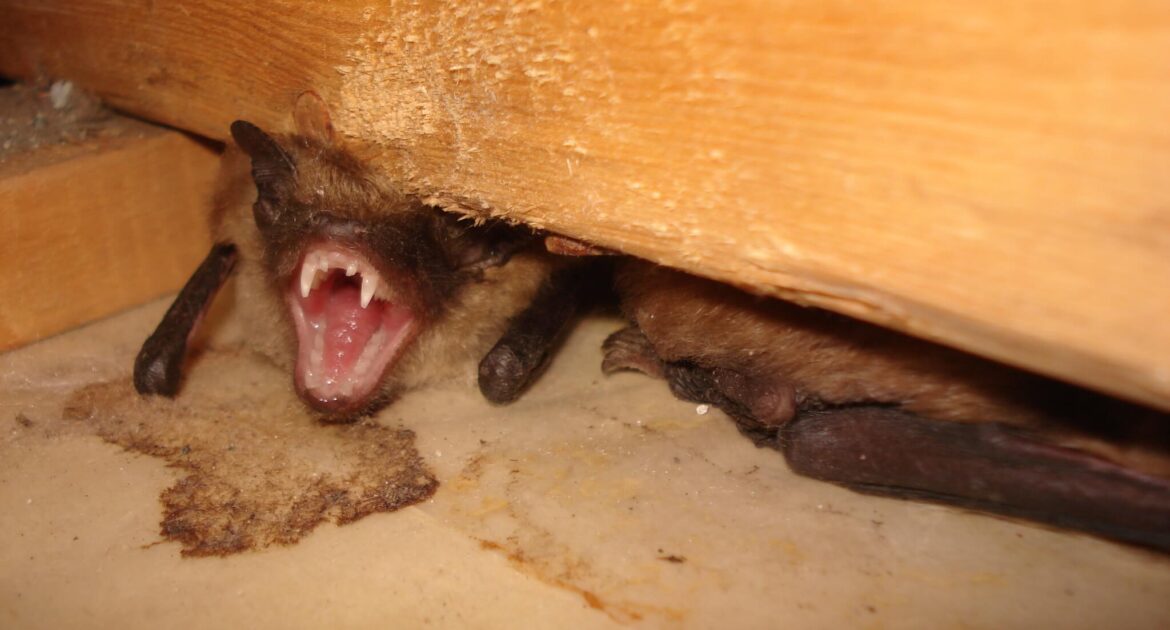There are at least 1,300 bat species. They exist on every continent except Antarctica. You also won’t find them in the Arctic or on a handful of islands. They live in a variety of climates and ecosystems and have adapted to human-made environments. They have had at least 50 million years to figure out how to survive life on Earth.
Despite their undeservedly bad rep, the world’s only flying mammal has some solid survival skills. Even so, nearly 20% of the planet’s bat species are endangered. If you discover a bat in your house, get in touch with experts for humane wildlife control in Coquitlam to ensure the bat’s safety and your own. Saving each one allows it to live out its life in the wild, but how long could it potentially live?
Gerontology Geniuses
With so many bat species in existence, there is a wide range of life expectancy among them. Some species live an average of 10 years, while others die at 25. When compared to the average lifespan of 80 years for the longest living bird species — the cockatoo — it doesn’t seem that impressive. However, in the world of mammals, bat longevity is one more trait that makes this animal fascinating.
In mammals, there is a connection between body size and life expectancy. The bigger the species size, the longer they live. Bats have small bodies, yet they live a lot longer than other mammals of their size. Currently, the oldest bat in captivity is Statler, an Indian flying fox bat, that resides in a bat sanctuary in Texas. He’s 33 years old. A Brandt’s myotis bat living in the wild in Siberia is older than Statler, and it’s a lot tinier, too. Yet, it turns out that this little guy has made it at least 41 years — in the wild! That bat defies the rules for both mammals and bats.
Important Insights
When people compare a dog’s age to a human’s age, they generally multiply the dog’s age by seven. For a bat, you multiply its age by three to get the human equivalent. Statler is 99 years old in people years, while the Siberian bat is 123. Now, that’s impressive! Scientists are highly interested in looking at why and how bats live so long for clues on how humans can do the same.
Bats have some distinct features that help them survive. They fly, and they can maneuver better than birds in the air. They are nocturnal, so they don’t compete with most birds and other animals that eat insects, fruit or nectar. They hunt using echolocation, an extremely effective and efficient way to locate flying insects. However, one of the most unique characteristics of a mammal their size is its breeding cycle.

Considerable Concerns
Whereas most mammals with a similar body size breed multiple times per year and give birth to more than one offspring each time, bats mate just once per year and almost always give birth to a single pup. The slow breeding cycle more closely resembles that of larger animals. Though this may help bats live longer, the slow reproduction rate means that any threats to their survival are serious concerns.
Bats can die from predators, diseases and old age. Though hawks, owls, raccoons and minks prey on bats, their biggest concern is humans. Humans kill bats intentionally (often because they fear them) and unintentionally through habitat destruction. People also believe bats pose a greater rabies danger than they actually do. Diseases are a considerable concern for bats, and in North America, white-nose syndrome is the most worrisome of them all.
Humane Wildlife Control in Coquitlam
Bats are incredible creatures that have something to teach us about survival. If you discover bats in your home, contact Skedaddle for humane bat removal, so we can all do our part to help these species survive and thrive.




